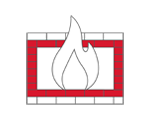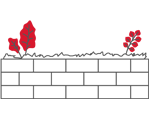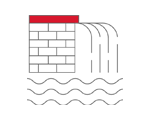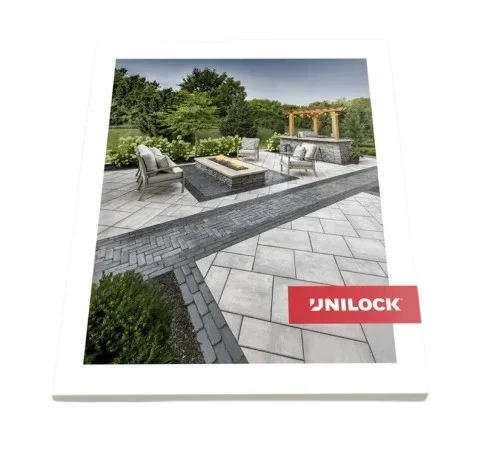Shape and size

12" COPING
300mm x 75mm x 300mm
11 7/8" x 3" x 11 7/8"

12" COPING
300mm x 75mm x 300mm
11 7/8" x 3" x 11 7/8"

12" COPING
300mm x 75mm x 300mm
11 7/8" x 3" x 11 7/8"

CORNER DOUBLE UNIT
200mm x 150mm x 300mm
7 7/8" x 5 7/8" x 11 7/8"

CORNER DOUBLE UNIT
200mm x 150mm x 300mm
7 7/8" x 5 7/8" x 11 7/8"

CORNER DOUBLE UNIT
200mm x 150mm x 300mm
7 7/8" x 5 7/8" x 11 7/8"

XL WALL
400mm x 150mm x 300mm
15 3/4" x 5 7/8" x 11 7/8"

XL WALL
400mm x 150mm x 300mm
15 3/4" x 5 7/8" x 11 7/8"

XL WALL
400mm x 150mm x 300mm
15 3/4" x 5 7/8" x 11 7/8"
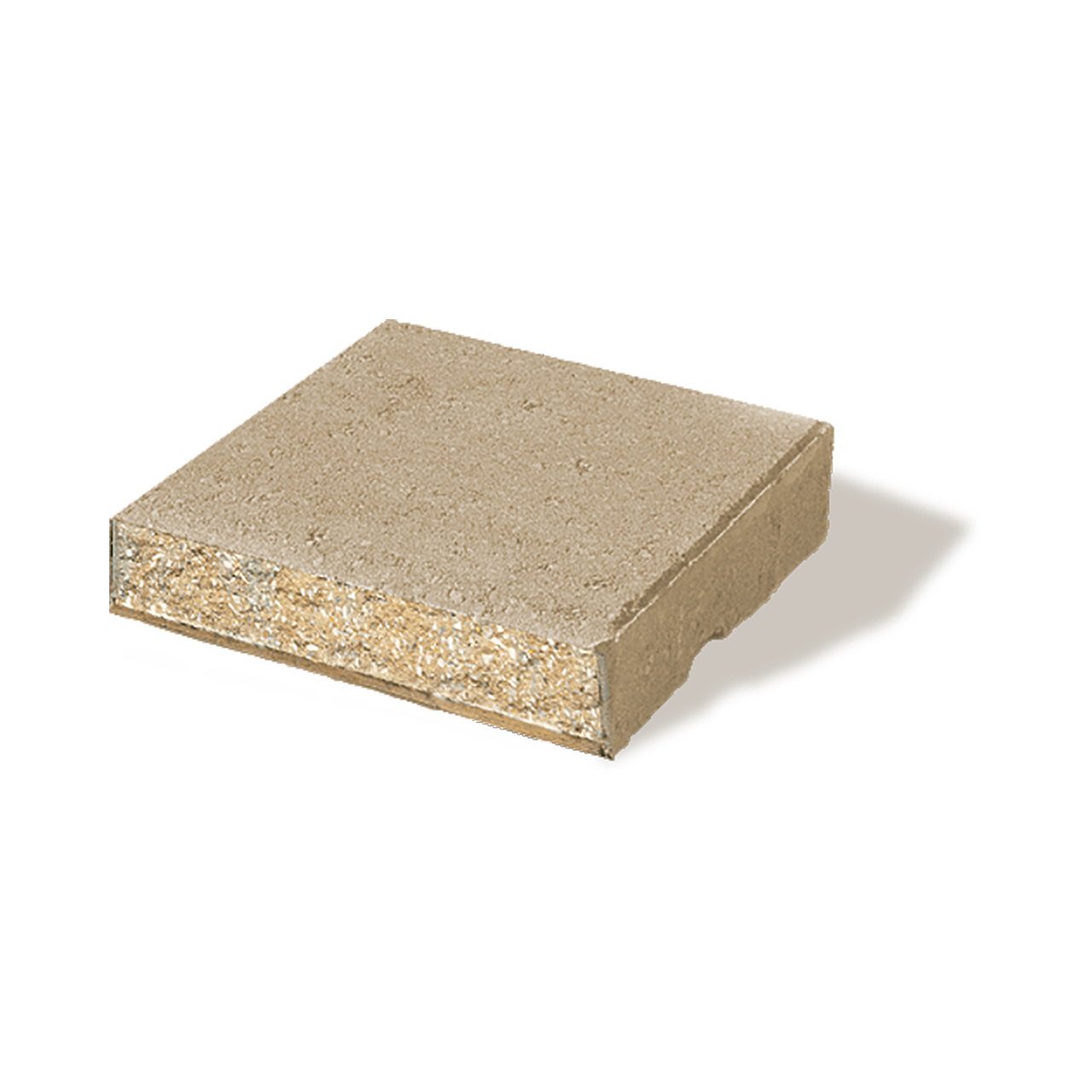
12" COPING
300mm x 75mm x 300mm
11 7/8" x 3" x 11 7/8"
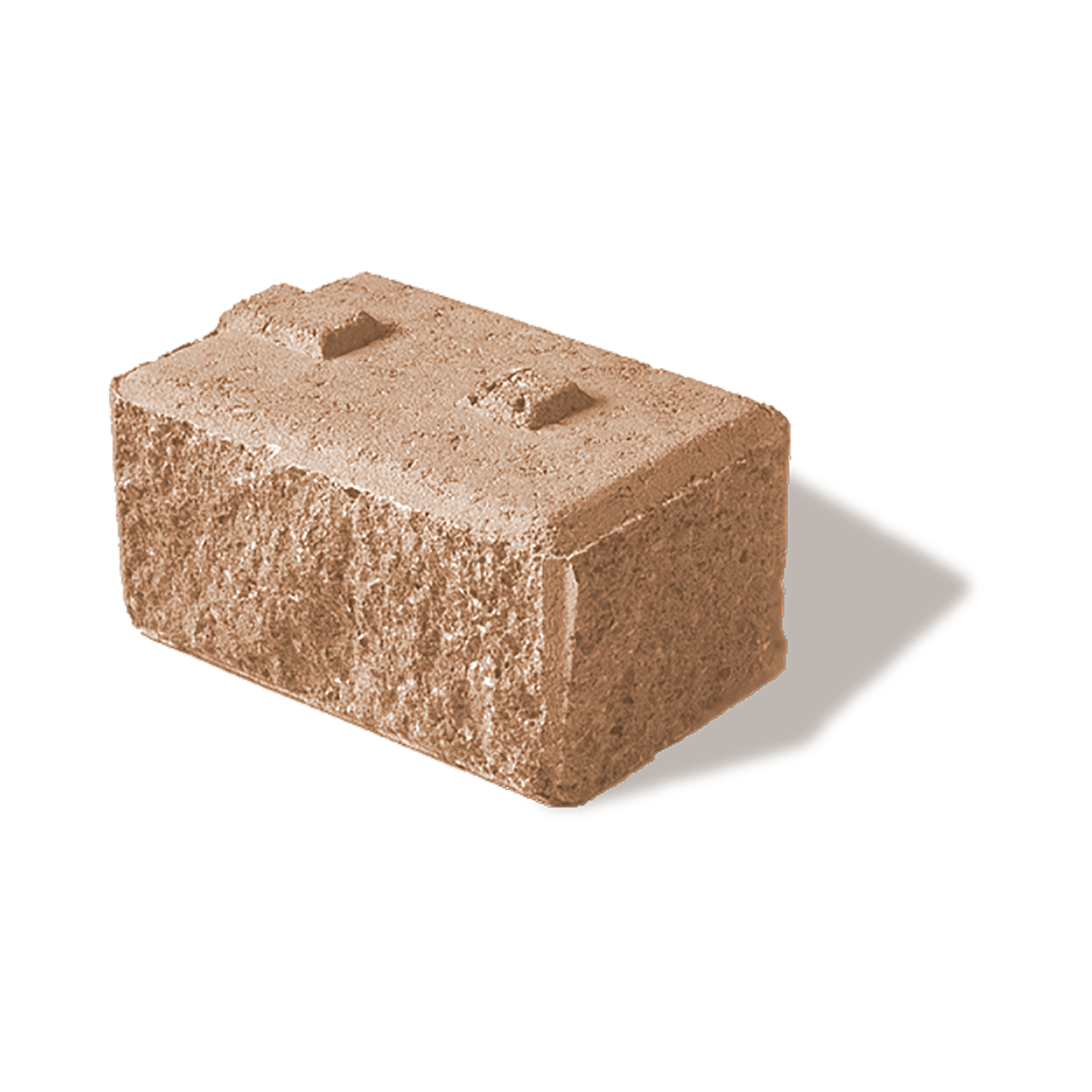
CORNER DOUBLE UNIT
200mm x 150mm x 300mm
7 7/8" x 5 7/8" x 11 7/8"
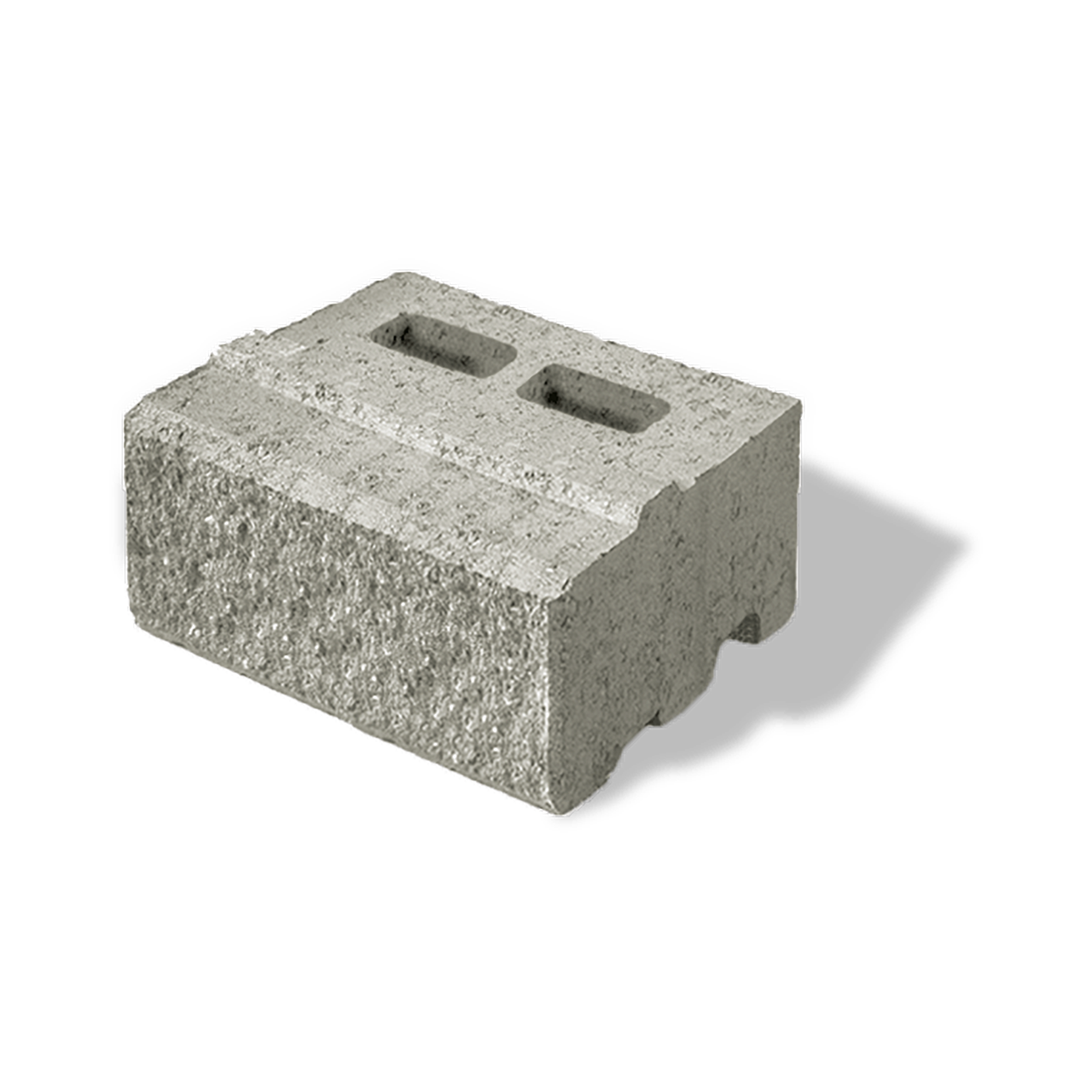
XL WALL
400mm x 150mm x 300mm
15 3/4" x 5 7/8" x 11 7/8"
